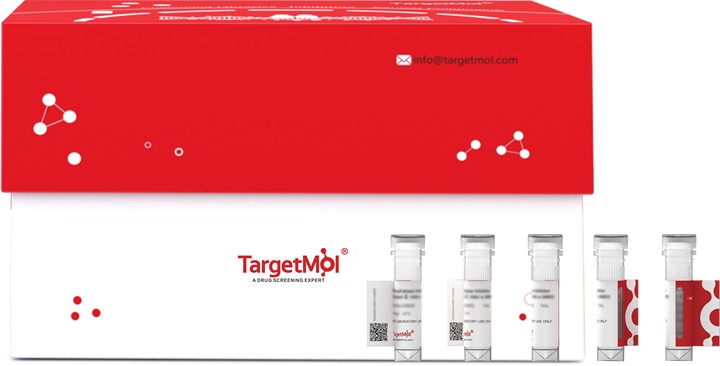Shopping Cart
- Remove All
 Your shopping cart is currently empty
Your shopping cart is currently empty

Influenza B (strain B/Yamagata/1/1973) Nuclear export Protein (His) is expressed in E. coli expression system with N-6xHis tag. The predicted molecular weight is 18.4 kDa and the accession number is P08014.

| Pack Size | Price | Availability | Quantity |
|---|---|---|---|
| 20 μg | $360 | 20 days | |
| 100 μg | $745 | 20 days | |
| 1 mg | $2,530 | 20 days |
| Biological Activity | Activity has not been tested. It is theoretically active, but we cannot guarantee it. If you require protein activity, we recommend choosing the eukaryotic expression version first. |
| Description | Influenza B (strain B/Yamagata/1/1973) Nuclear export Protein (His) is expressed in E. coli expression system with N-6xHis tag. The predicted molecular weight is 18.4 kDa and the accession number is P08014. |
| Species | Influenza B |
| Expression System | E. coli |
| Tag | N-6xHis |
| Accession Number | P08014 |
| Amino Acid | MADNMTTTQIEWRMKKMAIGSSTHSSSVLMKDIQSQFEQLKLRWESYPNLVKSTDYHQRRETIRLVTEELYLLSKRIDDNILFHKTVIANSSIIADMIVSLSLLETLYEMKDVVEVYSRQCL |
| Construction | 1-122 aa |
| Protein Purity | > 85% as determined by SDS-PAGE. |
| Molecular Weight | 18.4 kDa (predicted) |
| Endotoxin | < 1.0 EU/μg of the protein as determined by the LAL method. |
| Formulation | Tris-based buffer, 50% glycerol |
| Reconstitution | A Certificate of Analysis (CoA) containing reconstitution instructions is included with the products. Please refer to the CoA for detailed information. |
| Stability & Storage | Lyophilized powders can be stably stored for over 12 months, while liquid products can be stored for 6-12 months at -80°C. For reconstituted protein solutions, the solution can be stored at -20°C to -80°C for at least 3 months. Please avoid multiple freeze-thaw cycles and store products in aliquots. |
| Shipping | In general, Lyophilized powders are shipping with blue ice. Solutions are shipping with dry ice. |
| Research Background | Mediates the nuclear export of encapsidated genomic RNAs (ribonucleoproteins, RNPs). Acts as an adapter between viral RNPs complexes and the nuclear export machinery of the cell. Possesses no intrinsic RNA-binding activity, but includes a C-terminal M1-binding domain. This domain is believed to allow recognition of RNPs bound to the protein M1. Since protein M1 is not available in large quantities before late stages of infection, such an indirect recognition mechanism probably ensures that genomic RNPs are not exported from the host nucleus until sufficient quantities of viral mRNA and progeny genomic RNA have been synthesized. Furthermore, the RNPs enter the host cytoplasm only when associated with the M1 protein that is necessary to guide them to the plasma membrane. May down-regulate viral RNA synthesis when overproduced. |

Copyright © 2015-2025 TargetMol Chemicals Inc. All Rights Reserved.